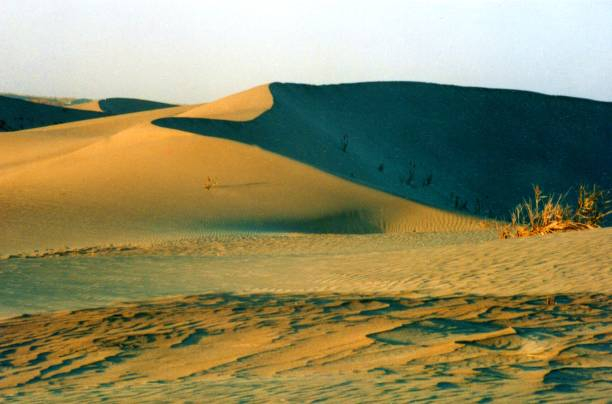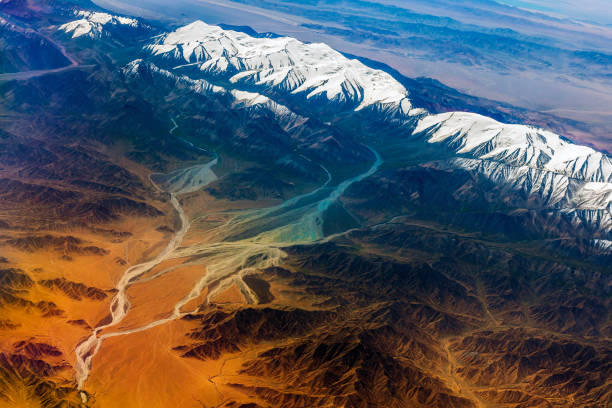Taklamakan Desert, Central Asia
The Taklamakan Desert in China is the world's second-largest shifting-sand desert. It is located in the heart of the country and encompasses an area of 120,000 square miles (300,000 square kilometers). Taklamakan has a cool desert environment due to its location in the rain shadow of the Himalayas. Given its closeness too cold to freeze air masses in Siberia, severe temperatures are reported in winter, sometimes well below 20 °C (4 °F) and can reach 40 °C (104 °F) in summer. The Taklamakan Desert contains limited water, making it difficult to cross. The prosperous oasis villages served as rest stops for merchant caravans on the Silk Road.
Several academics, notably Xuanzang, a 7th-century Buddhist monk, and the archaeologist Aurel Stein, investigated this desert. According to atmospheric research, dust from the Taklamakan is flown across the Pacific, where it contributes to cloud formation over the Western United States. Furthermore, the flying dust transports minerals from the Taklamakan to the western United States via rainfall. It was close to numerous old civilizations—the Amu Darya valley to the northwest, the Afghanistan mountain passes to Iran and India to the southwest, China to the east, and even ancient settlements like Almaty to the north.

















